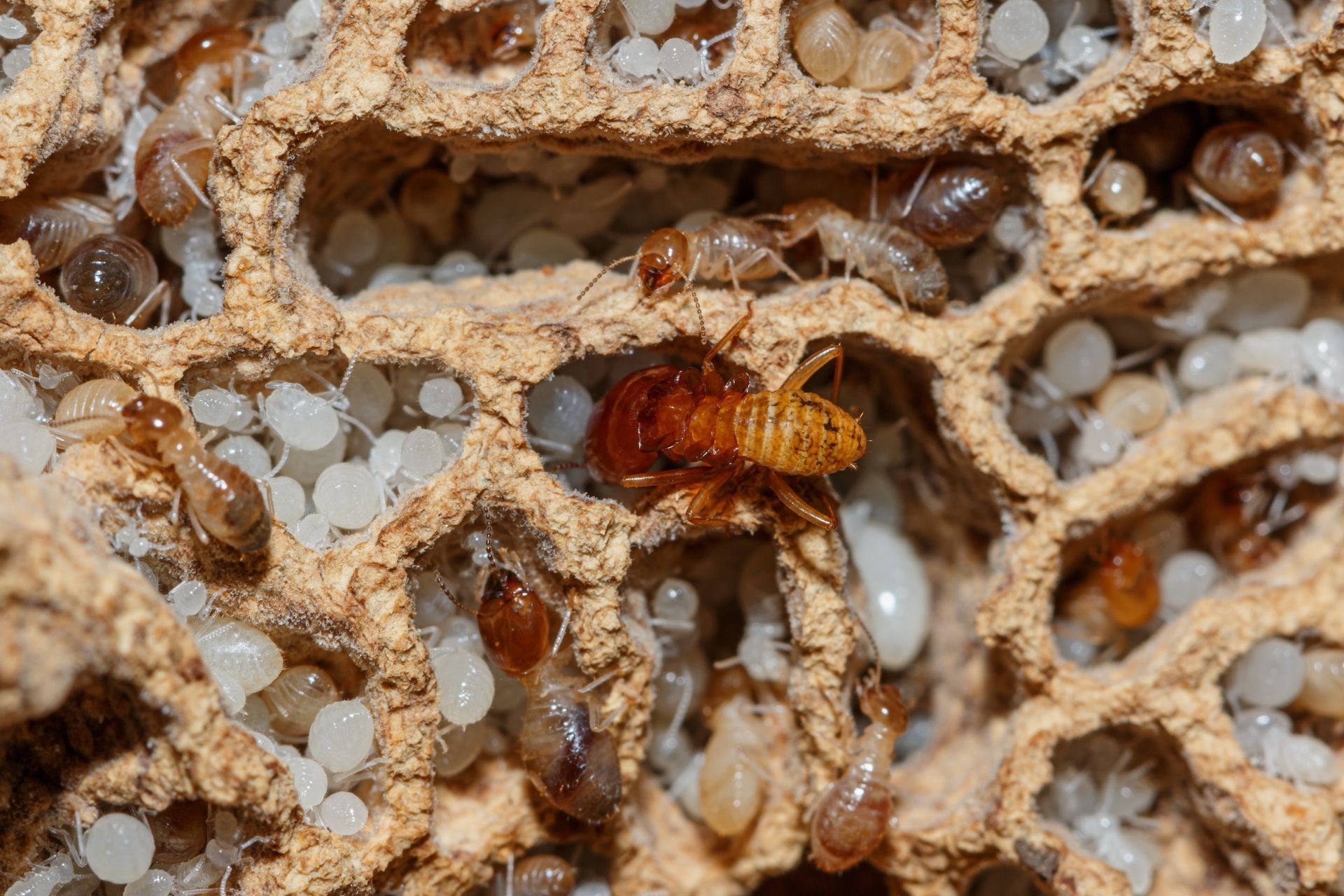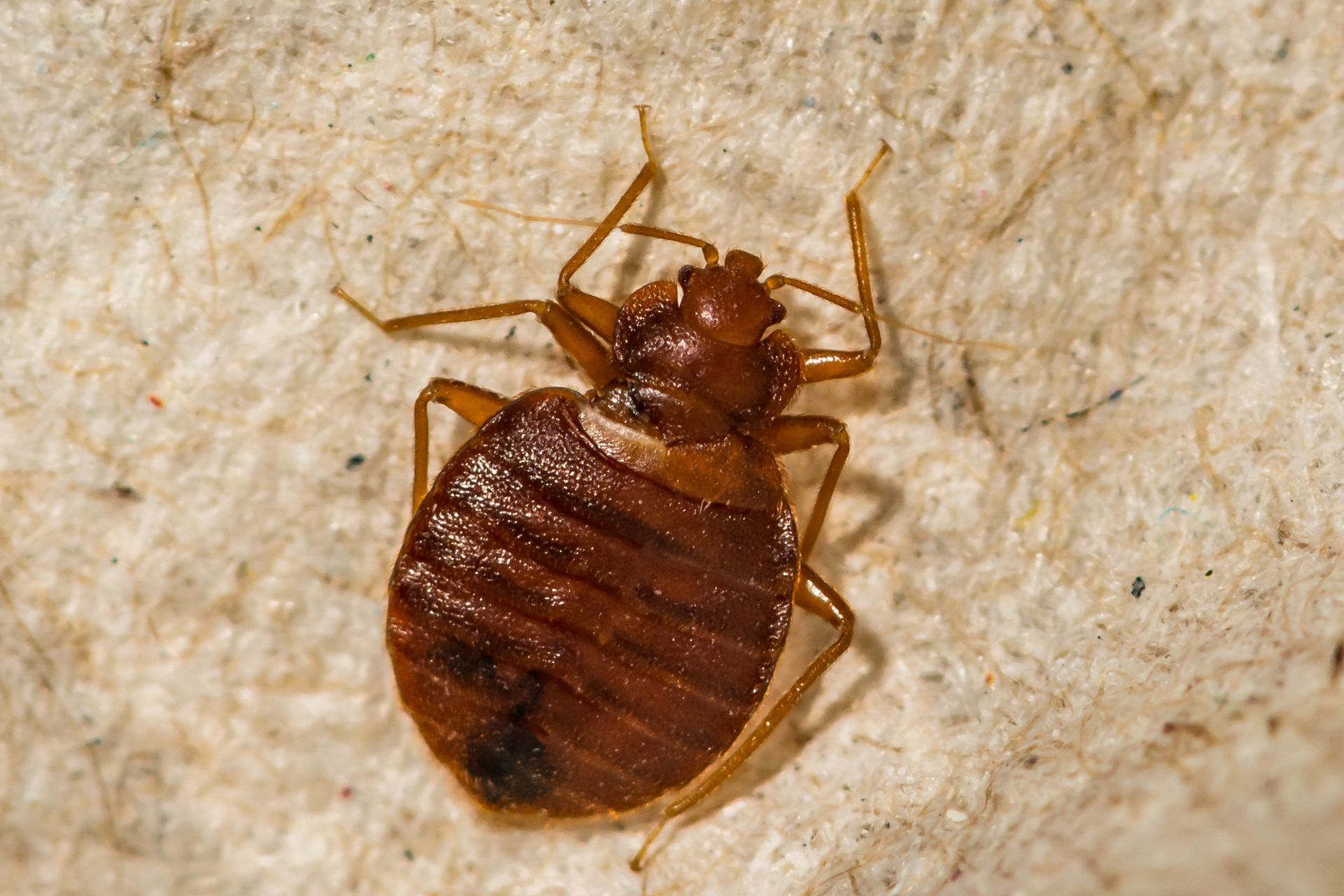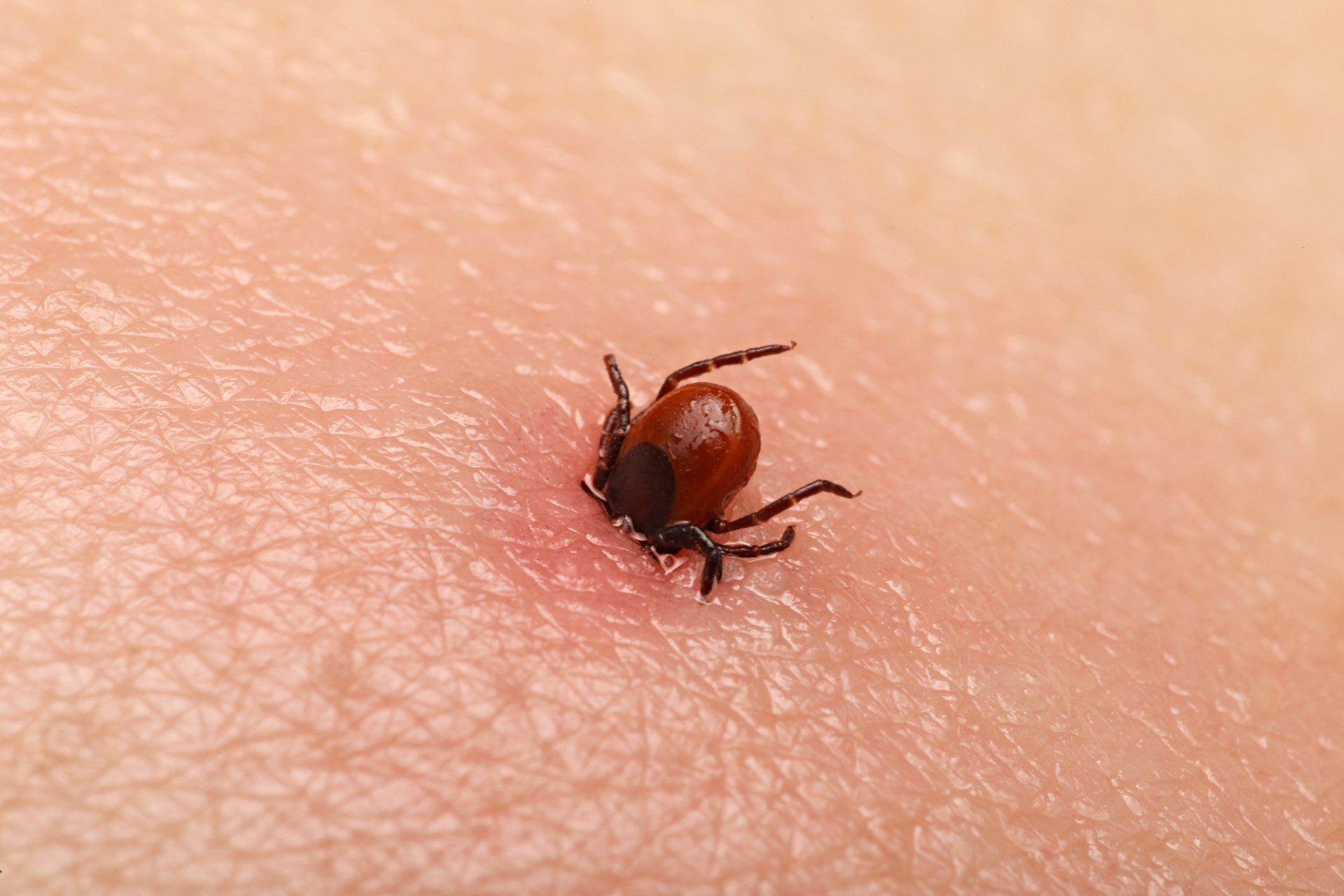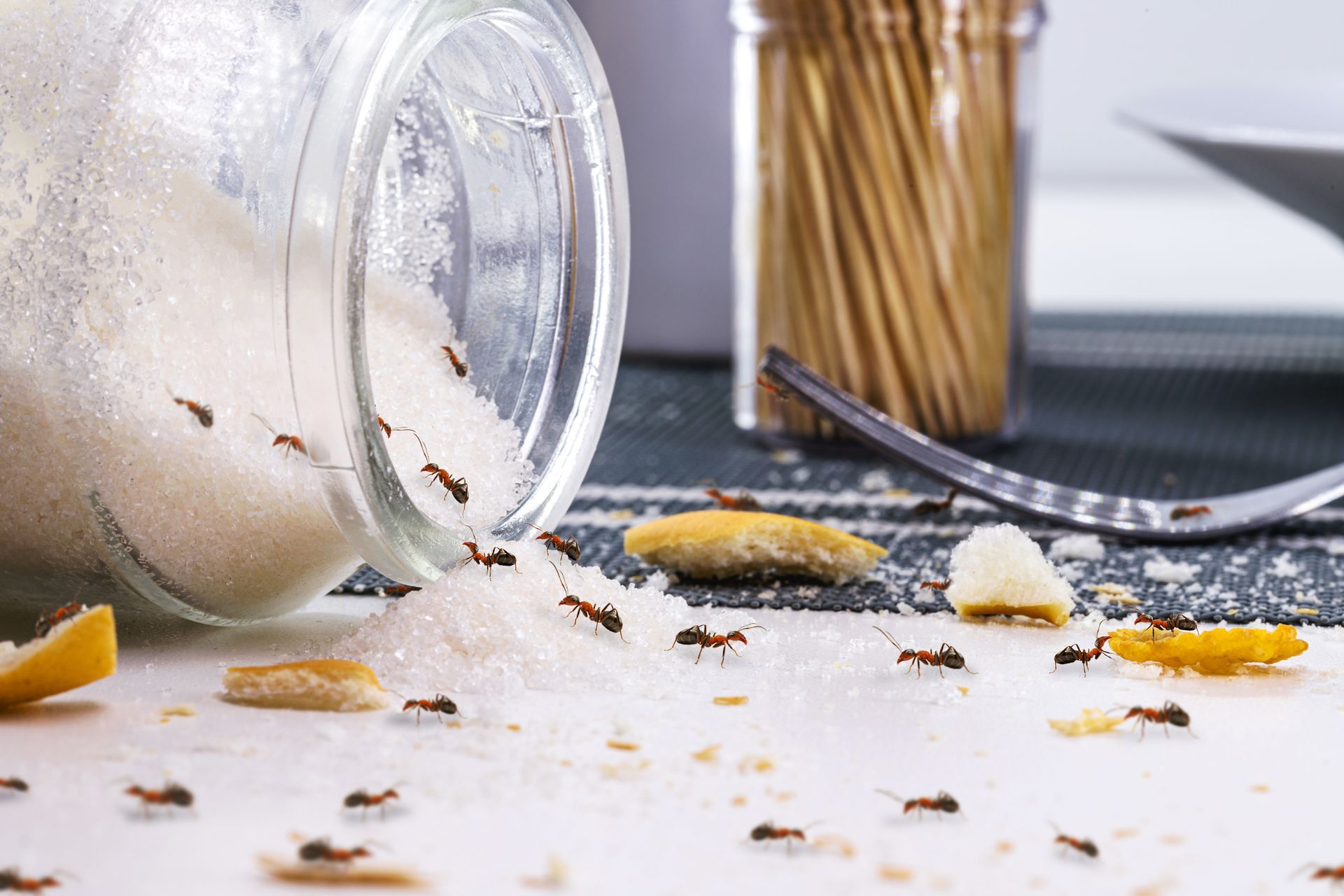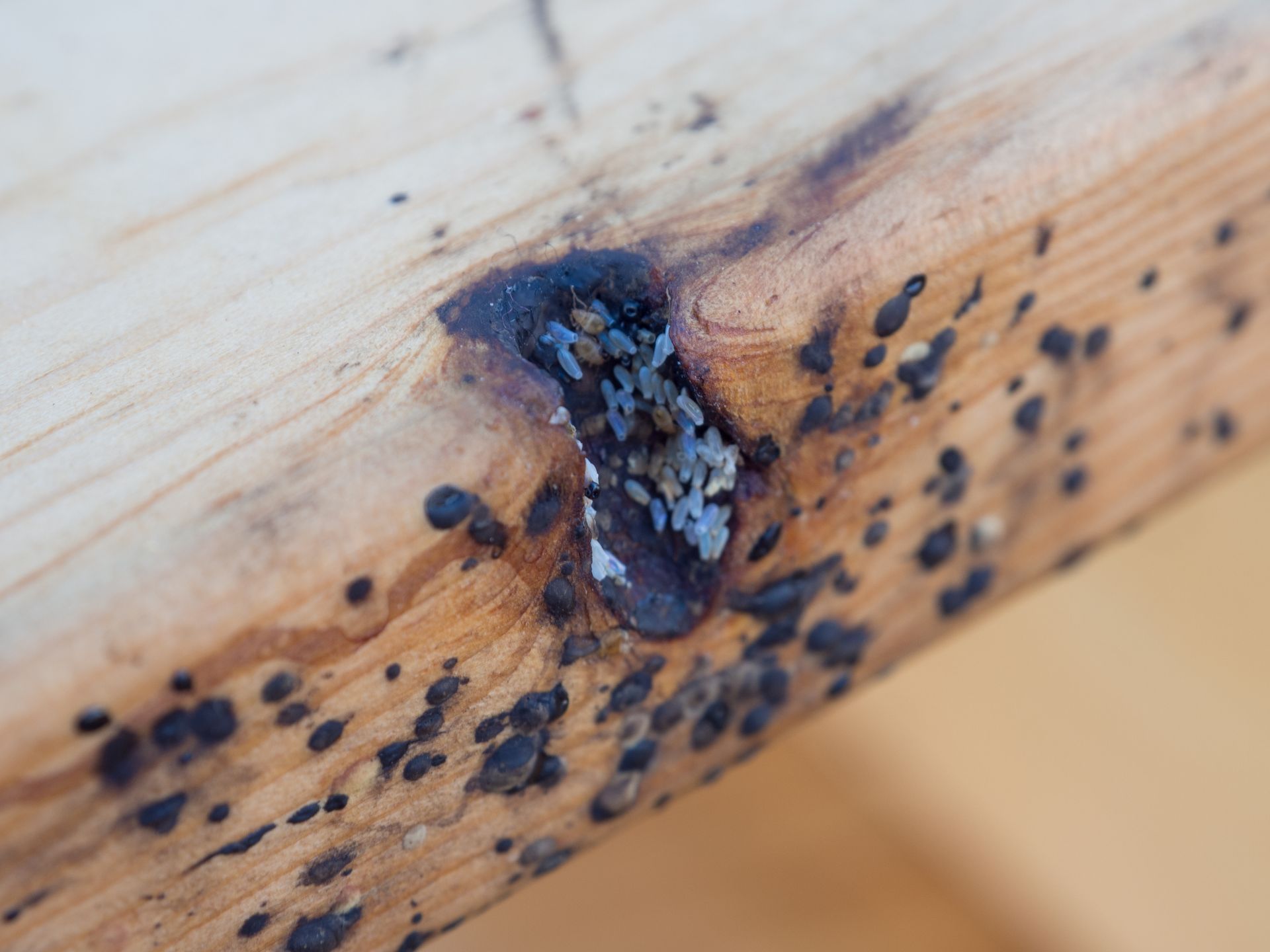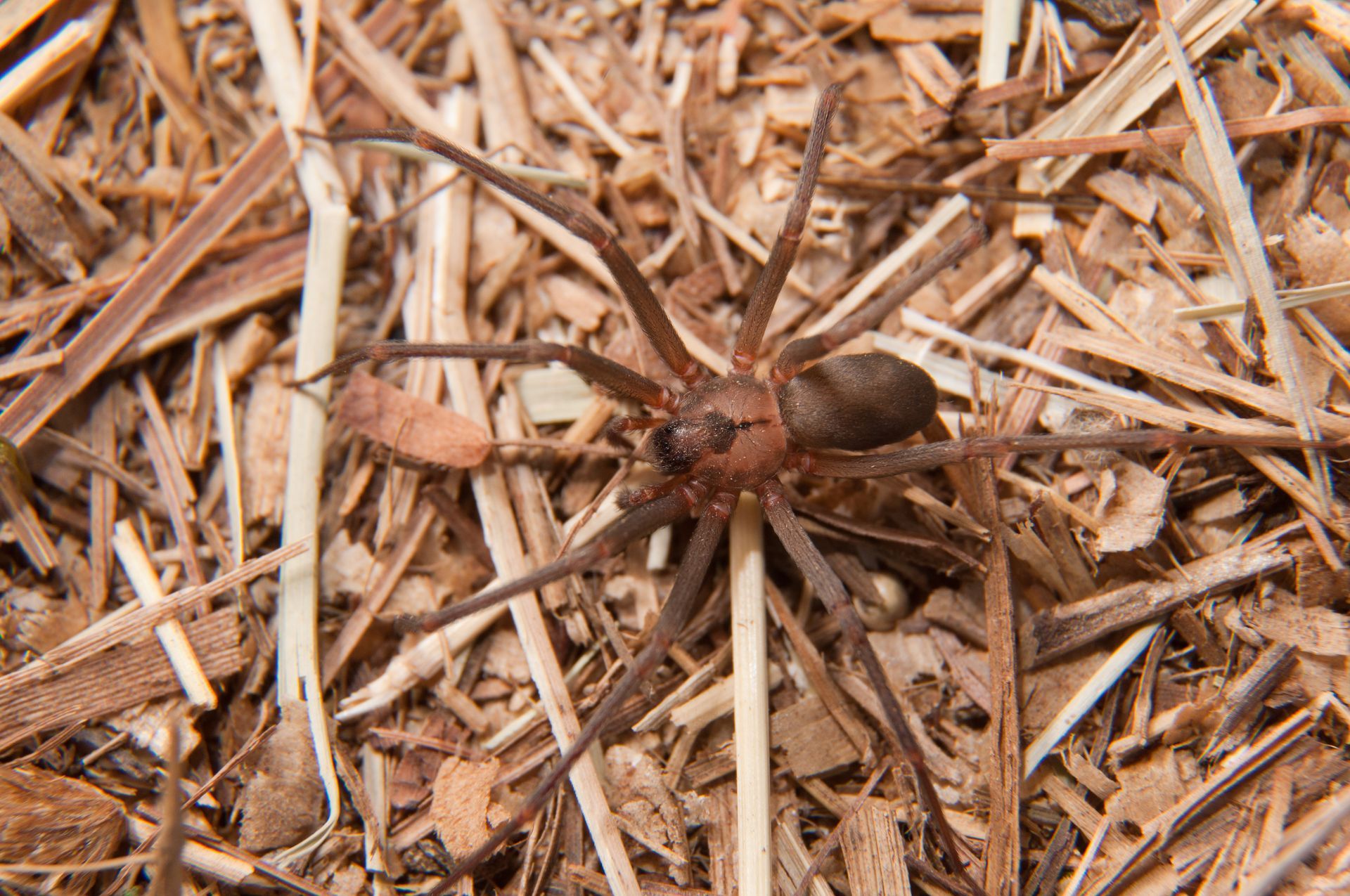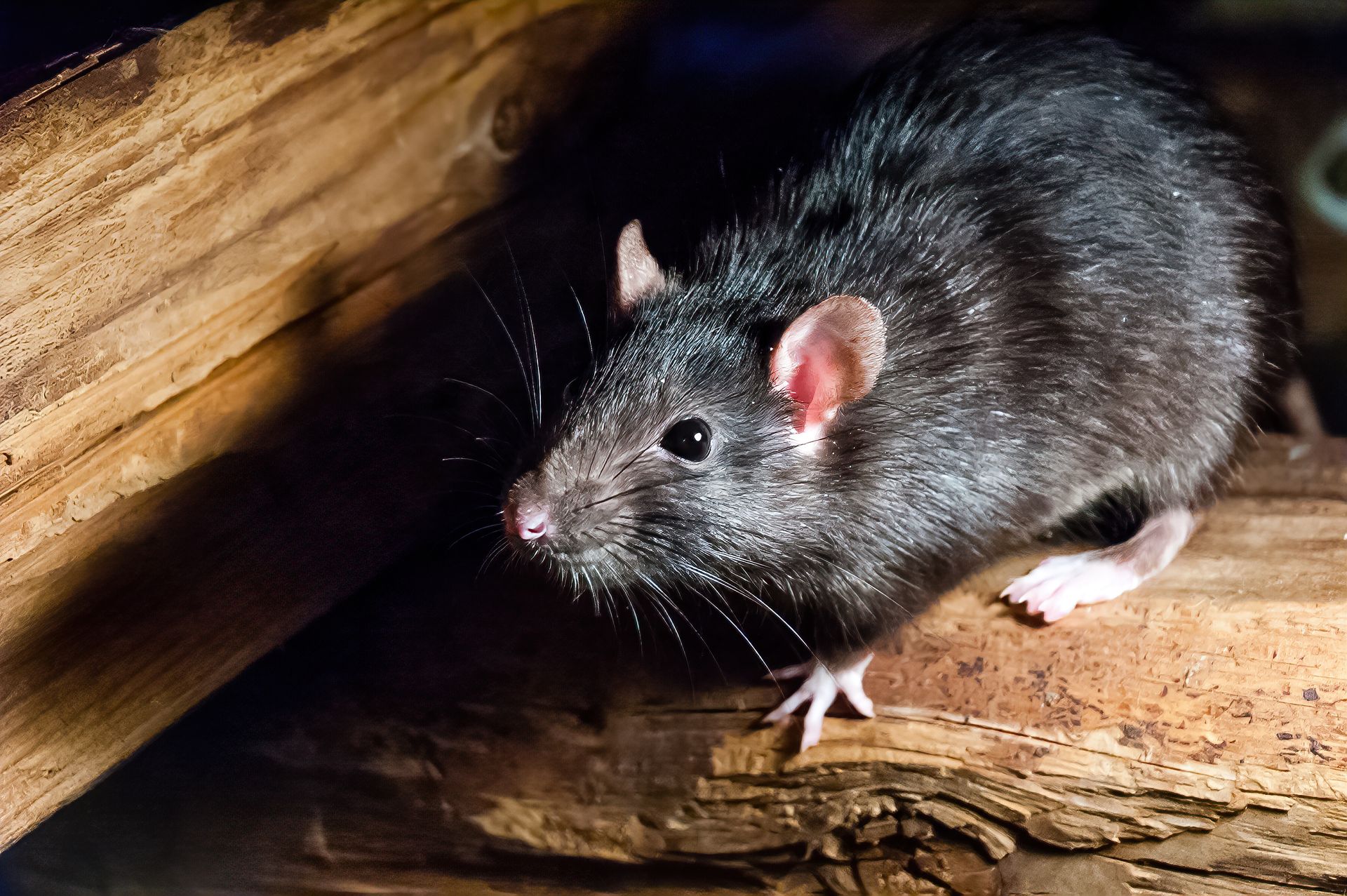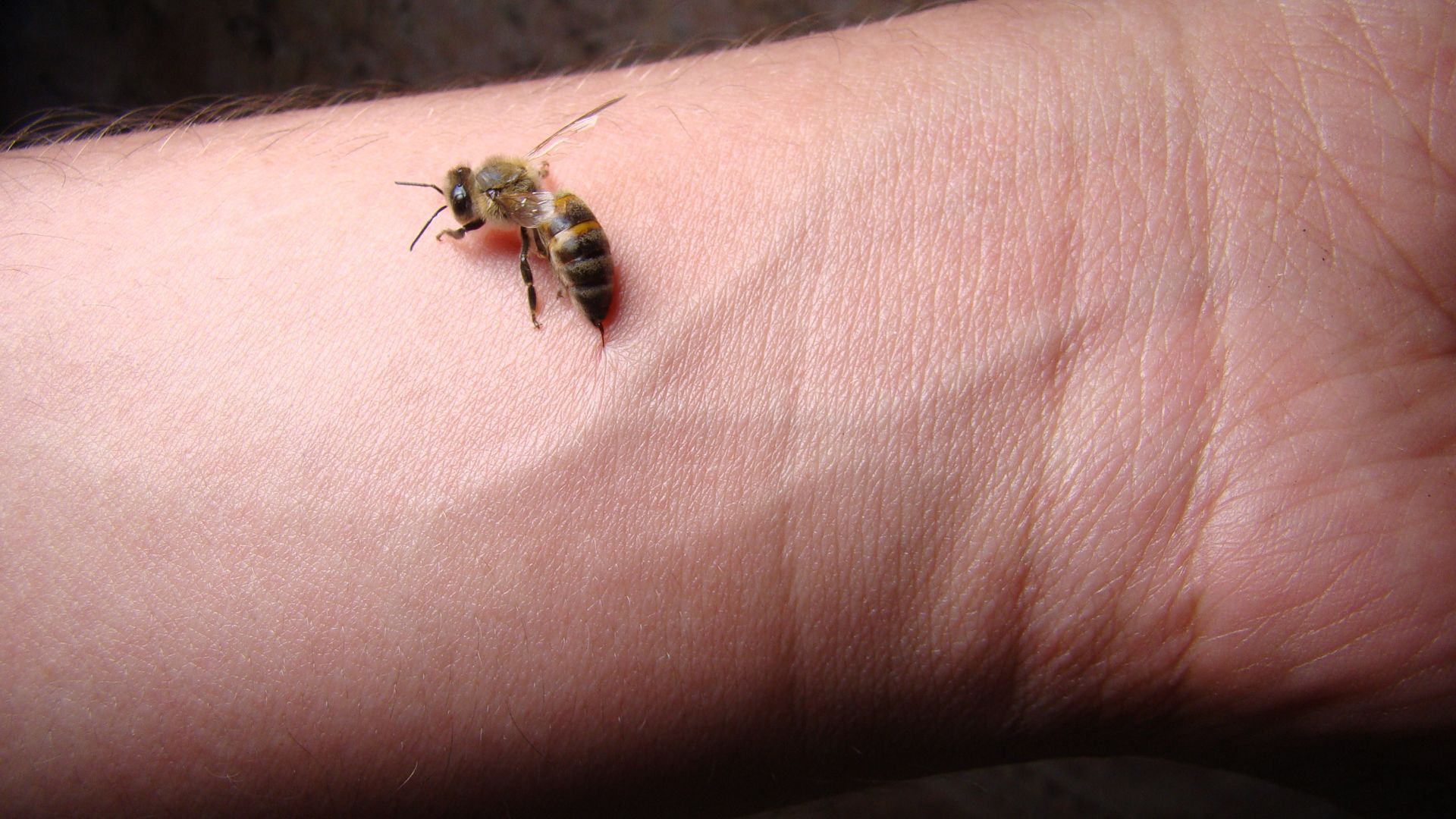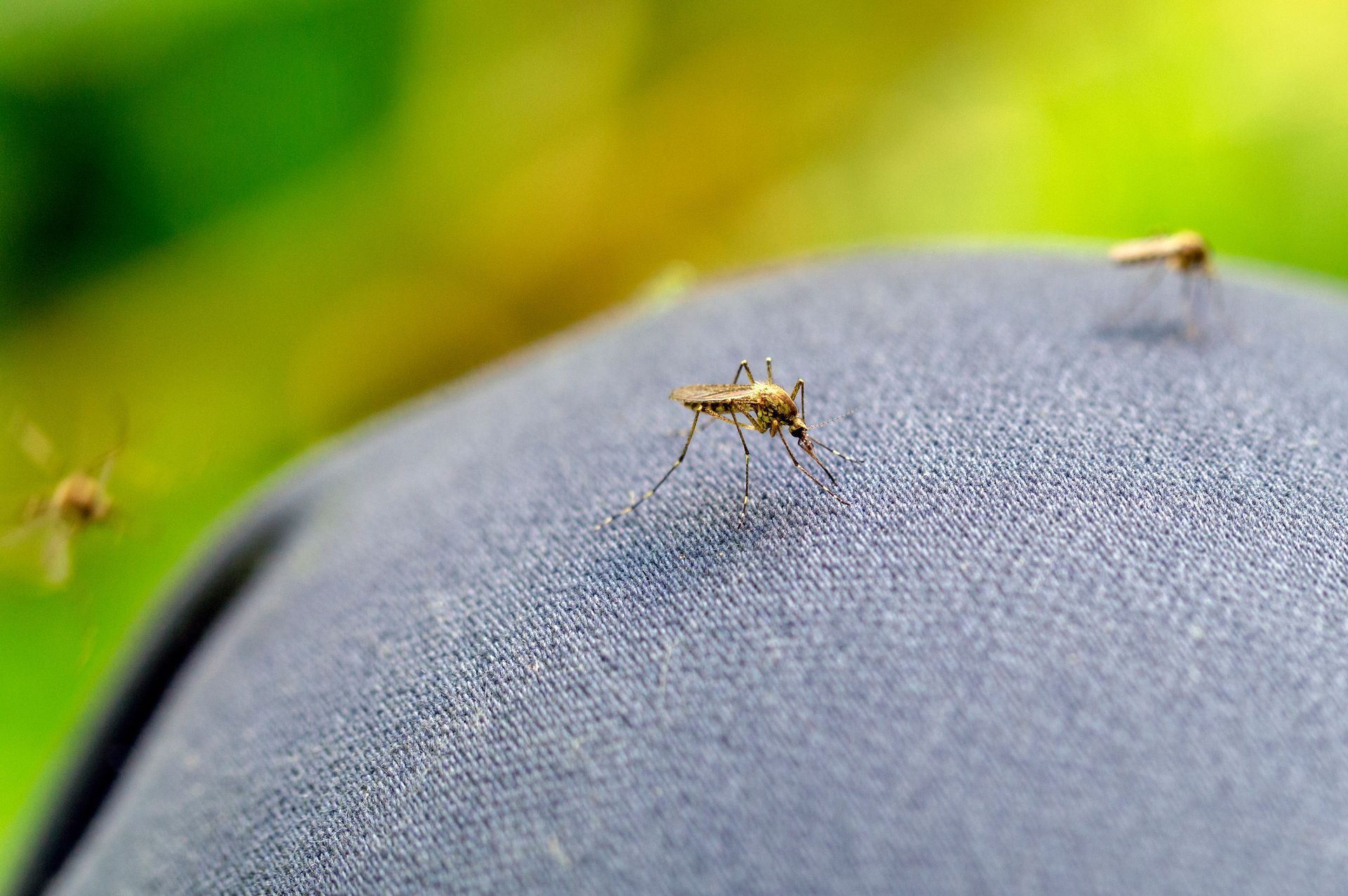6 Common Signs of Carpet Beetles in Your Home
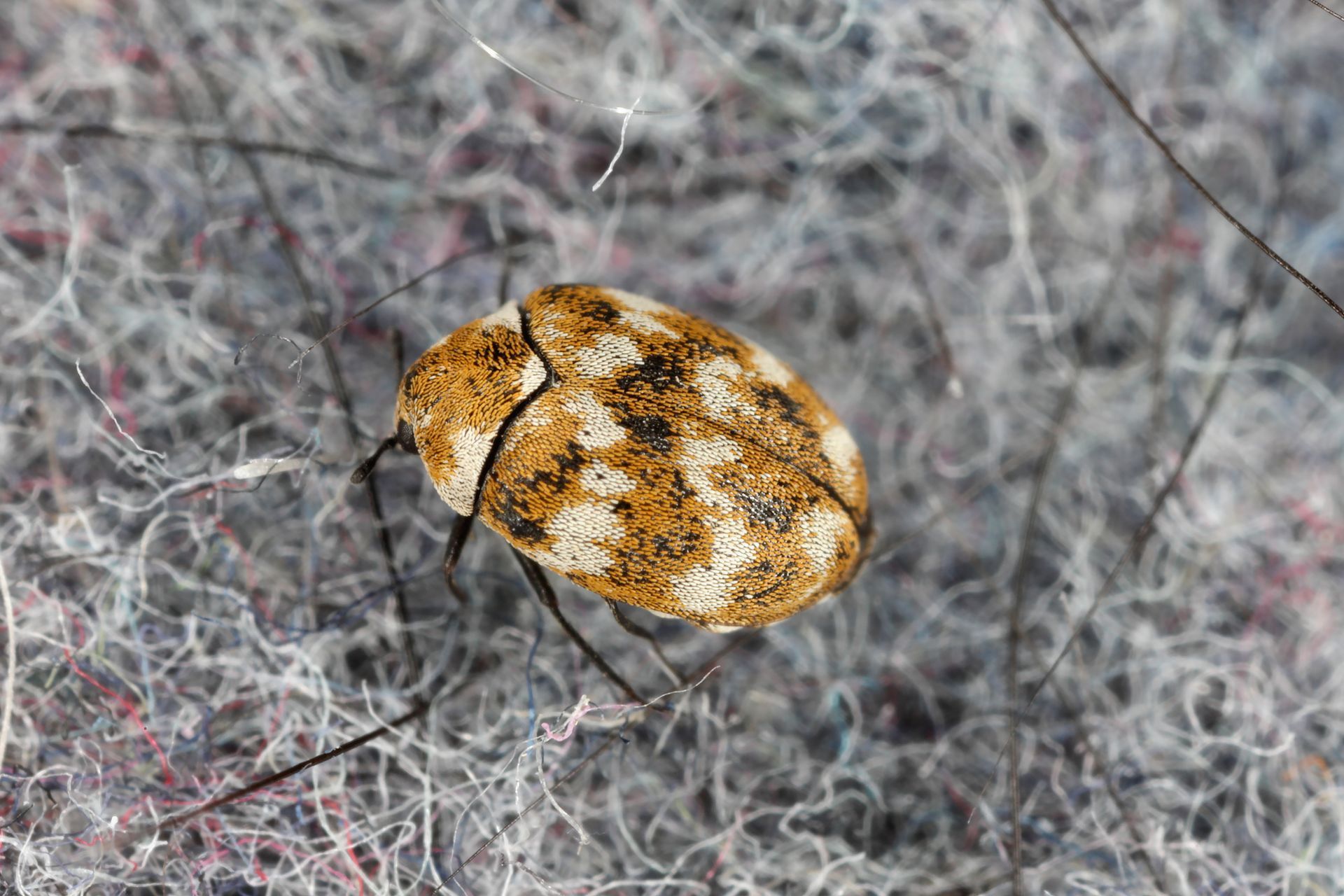
Carpet beetles are prevalent pests that target textiles within homes, such as carpets, clothing, and upholstered furniture. Normally, adult carpet beetles reside outdoors, feeding on flowers and plants. However, they can inadvertently enter homes through open windows, or accidentally brought inside on items like flowers or groceries. Once inside a home, these beetles deposit their eggs in fibrous materials, providing a food source for their larvae once hatched.
The larvae of carpet beetles are identifiable by their cigar shape and color, which can range from reddish-brown to black, depending on the species. Notably, they possess lighter-colored stripes on their backs and numerous thin hairs protruding from their bodies. These beetles, despite their small, oval-shaped stature, can inflict significant damage to various household items like bedding, clothes, carpets, and upholstered furniture if not addressed promptly. Recognizing the signs of a carpet beetle infestation, such as damage to fibrous materials and the presence of larvae, is crucial in managing and treating these pests effectively.
What Are Carpet Beetles?
Carpet beetles belong to the Dermestidae family and typically grow to about 3mm in length. Carpet beetle species are generally outdoor pests but due to their preference for certain materials can also often be found in domestic households and other buildings like natural history museums. They can be extremely damaging in these environments as their larvae feed on natural fibers like carpets, furniture, clothing, and even insect collections.
While the adult carpet beetles feed on pollen, plants, and flowers, their larvae feed on natural fibers like wool, silk, and leather, as well as animal products including pet hair. This diet can lead to significant damage to rugs, carpets, and fabrics made from natural animal fibers in the home. The most commonly found types in homes are the varied carpet beetle and the black carpet beetle, each having distinct larval appearances. Adult carpet beetles, which are most visible during the summer, do not bite and are generally harmless, feeding mainly on pollen. However, if their populations go unchecked, they can become serious pests due to the damage their larvae can inflict on household items.
Signs of Carpet Beetles
Carpet beetles are notorious for causing significant damage to various household items, and it's essential to identify their presence early. There are several signs you can look out for. These include:
- Thin, bare areas on wool or wool-blend rugs
- Damage to clothes and blankets
- Hairs falling out of furs
- Shed larval skins
- Small dark fecal pellets
- Tiny beetles either slowly climbing walls or found dead at windowsills
Additionally, they have a tendency to damage a large, single area on items, which is a distinctive pattern that sets them apart from moths that usually leave scattered holes through infested upholstery.
Apart from the visible damage to fabrics and upholstery, there are other signs of a carpet beetle infestation that are less apparent but equally telling. For instance, they leave behind shed skin and fecal pellets, which can serve as key indicators of their presence. These beetles can also cause skin irritation in some people. Another crucial aspect to note is that carpet beetles can be quite elusive. They often attack the inside of cushions or sofas made of natural fibers, making their infestation harder to notice until it is too late. Therefore, regular inspection of these areas is recommended for early detection and control of carpet beetle populations.
Damage to Fibrous Materials
Carpet beetles pose a significant threat to a variety of fibrous materials in homes due to their larvae's preference for substances containing keratin. Their diet includes a wide range of natural materials like wool, fur, felt, silk, feathers, and leather. The damage they cause is primarily inflicted by their larvae, which voraciously consume these substances. When they infest carpets and rugs, carpet beetle larvae have a grazing pattern that often results in bald patches or fraying both on the top and the underside of these items. However, it's worth noting that their name, "carpet beetle," is somewhat a relic from times when most carpets were made from wool, as modern carpeting made from synthetic materials which the larvae do not prefer to consume.
The damage caused by carpet beetle larvae is not limited to natural carpets and rugs alone. Other items made from natural fabrics, such as furniture upholstery and leather book bindings, are also at risk. One of the earliest signs of a carpet beetle infestation is often thin, bare areas or even holes appearing in these items. This causes visible and irreparable damage that can continue to spread if left unchecked.
Holes in Clothing
Carpet beetle larvae are also notorious for causing damage to clothing. When these pests infiltrate your wardrobes and closets, they can chew through items such as sweaters, scarves, coats, and blankets, leaving behind noticeable damage. The pattern of destruction they cause is distinctive, often appearing as large clusters or groupings of holes. This is in contrast to the damage caused by another fabric-eating pest, the clothes moth, which tends to graze along the surface of fabrics and create smaller, more sporadic holes.
The likelihood of carpet beetle larvae infesting your clothes is higher when clothing has been stored away or left untouched for extended periods of time. This is because these larvae prefer to inhabit dark, undisturbed areas. It is crucial to check stored clothes regularly for signs of infestation. Given their tendency to feed in clusters, several small holes in these materials may signal a carpet beetle problem rather than a moth infestation.
Shed Skin
Carpet beetles and their larvae shed their skin several times throughout their lifecycle. These shed skins often serve as a clear sign of a carpet beetle infestation. The discarded skin casings of carpet beetles typically appear translucent, adopting a yellow or brown hue. They are dry and hollow, often resembling the shape of sunflower seeds. The size of these skins can vary depending on the species of carpet beetle and the stage of their molting process.
At first glance, the shed skins of adult carpet beetles may resemble those of bed bugs. However, they can be distinguished by their shape—carpet beetle skins are generally longer, while bed bug skins are more rounded. These shed skins are commonly found in areas where the carpet beetle larvae feed, such as under rugs, amidst piles of clothes or blankets, and around the seams of furniture. The presence of shed skins at the base of wardrobes or under furniture may indicate a carpet beetle infestation. The larvae will also molt and leave behind light brown, empty skin cases around areas where they find food.
Fecal Pellets
Carpet beetle larvae, in the course of their feeding, leave behind small fecal pellets which are a clear indication of their presence in a home. These pellets often resemble small specks and are roughly the size of table salt. The color of these feces is generally black or brown, though the color can fluctuate depending on what the larvae last consumed. Much like the shed skins, these fecal pellets are typically found in areas where carpet beetle larvae are feeding.
The presence of these fecal pellets is a telltale sign of a carpet beetle infestation. These droppings are often discovered at the base of wardrobes, on the floor, or beneath clothing. The size of these droppings is quite small, often comparable to a grain of sand, and their color tends to be either brown or black. Regularly checking these common areas for the presence of such pellets can help in early detection of a carpet beetle infestation.
Skin Irritation
While carpet beetle larvae are not known to bite humans, they can cause a condition known as "carpet beetle dermatitis". This condition results from an allergic reaction in some individuals to the hairs and hemolymph (a fluid equivalent to blood in most invertebrates) of the carpet beetle larvae. The symptoms of this dermatitis can include skin irritation, rashes, or welts, indicating that there may be a carpet beetle infestation in the home.
Carpet beetle larvae are characterized by their hairy bodies, with hairs extending in various directions. As these larvae shed their skin and mature, these hairs detach and remain in carpets, fabrics, or other surfaces on which the beetles have been feeding. Continuous exposure to these hairs can lead to an acquired hypersensitivity reaction in some people, manifesting as the aforementioned skin symptoms. This makes skin irritation not just a health concern, but also a potential indicator of a carpet beetle infestation.
Carpet Beetles in Different Stages of Their Life Cycle
Carpet beetles undergo various stages throughout their life cycle, each stage presenting distinctive signs of infestation. Adult carpet beetles usually reach up to 4mm in size and are often noticed near windows of the home. These beetles feed on pollen and are naturally drawn outdoors to feed and mate during the spring and summer seasons. If you observe small beetles crawling near your windows, this could indicate a potential infestation. This typically occurs after carpet beetles have laid eggs inside and the larvae have developed into adults.
Carpet beetle larvae are usually more active during the night which makes them harder to detect. However, there are ways to expose their presence. By drawing the curtains and keeping the room dark, you might be able to entice them out. These larvae can cause significant damage to fabrics and other fibrous materials, so identifying their presence is crucial for managing a potential infestation. Thus, the different stages of carpet beetles' life cycle offer various telltale signs that can help identify an infestation.
Carpet Beetle Damages
Carpet beetles, particularly their larvae, can cause extensive damage to various household items if an infestation is not promptly addressed. The damage primarily occurs as they feed on a variety of materials, including wool, silk, linen, and leather, creating holes in items such as furniture, carpets, blankets, quilts, pillows, and clothing. As these beetles have a penchant for fibrous materials, their infestation can lead to significant deterioration of valuable items in the home, leading to costly replacements or repairs.
In addition to the physical damage they cause, carpet beetles can also pose health concerns. While they are not inherently toxic, they can contaminate food sources within the home with their feces and saliva, which can carry harmful bacteria. If this contaminated food is consumed, it can lead to health problems including allergic reactions, respiratory tract irritation, and a skin condition known as carpet beetle dermatitis. Therefore, preventing and controlling carpet beetle infestations is important not only for preserving household items but also for maintaining a healthy living environment.
Where Do I Find Carpet Beetles?
Carpet beetles, particularly their larvae, can be found in various locations within a household due to their wide-ranging dietary preferences. You're most likely to find them in areas where they can access their preferred food sources, such as wool items, silk, furs, and feathers. This includes spaces with carpets, curtains, clothes, soft furnishings, and furniture. Even animal beds and taxidermy specimens can harbor these pests. Adult carpet beetles are drawn to light sources and they are often found near light fixtures and open windows. However, it's the larvae that cause the damage, so spotting adult beetles should prompt a careful search in darker, less active areas for carpet beetle larvae.
Carpet beetles can also survive and feed in less obvious locations within the home like bird nests in chimneys or roofs, areas with potpourri, and even bedding. They can also be found in places where food is stored, such as locations with pet biscuits, flour, or dried pasta. Adult carpet beetles feed on pollen so they can also inhabit indoor plants and flowers. In the event you see signs of a carpet beetle infestation, a comprehensive check of the entire house is recommended to effectively control the situation.
How to Prevent Carpet Beetles
Preventing a carpet beetle infestation is the best way to prevent the damage that these pests can cause. It is important to be careful when introducing second-hand furniture or clothing into your home as they could be harboring carpet beetles or larvae. These items can unknowingly harbor carpet beetles, so treating them with heat before bringing them inside can help prevent potential infestations. This is also a good preventative measure that should be taken to prevent other pests like bed bugs and cockroaches. Moreover, regular vacuuming of furs, woolens, and furniture is highly beneficial. This practice not only removes the beetles but also eliminates lint, human and pet hair, dirt, and other organic debris that can attract these pests.
Proper storage of clothing, particularly items made from fur or wool, is also an effective preventative measure. Storing these items in airtight bags or cedar closets can deter carpet beetles, as cedar oil acts as a natural repellent. Regular cleaning under furniture and in other hard-to-reach places can prevent beetles from establishing themselves unnoticed. Lastly, considering the potential damage these pests can cause, it may be worthwhile to enlist the help of a licensed and professional pest control service to ensure your home remains free from a carpet beetle infestation. Such proactive measures can save you from the potential loss of thousands of dollars in property damage.
How Do I Get Rid of Carpet Beetles?
Getting rid of carpet beetles involves a combination of cleaning methods and preventative strategies. The first line of defense is thorough vacuuming, focusing not only on carpets but also on furniture, curtains, and any area that could harbor these pests. Regular laundering of linens and fabrics in hot water can also help eliminate existing beetles and prevent new infestations. For a more aggressive approach, using a prevention spray or spreading boric acid on fabric furniture and carpets can be effective. Boric acid is a popular treatment for carpet beetles as it has low toxicity to humans but is lethal to the bugs when ingested.
In addition to these steps, it's important to store clothes and fabrics in boxes with mothballs, which can deter beetles. Regularly steam cleaning hard surfaces can remove any remaining beetles and their eggs, while wiping or spraying surfaces with a vinegar mix can also contribute to their elimination. In case of a severe infestation, professional pest control services can offer expert treatment options for thorough removal.
Contact EcoGuard Pest Management if You Are Dealing with Carpet Beetles
If you're facing carpet beetle-related pest problems, don't hesitate to contact EcoGuard Pest Management for effective solutions. Carpet beetles can wreak havoc on your carpets, upholstery, and other household items, causing damage and frustration. EcoGuard Pest Management has the expertise and experience to tackle carpet beetle infestations head-on. Their team will thoroughly inspect your property, identify the source of the problem, and implement targeted treatments to eliminate the beetles and protect your belongings. With their commitment to eco-friendly practices and customer satisfaction, EcoGuard Pest Management is your trusted partner in resolving carpet beetle issues. Don't let these pests damage your home any further - reach out to EcoGuard Pest Management today for reliable and efficient pest control services.
Signs of Carpet Beetles FAQs
-
What causes you to get carpet beetles?
Carpet beetles can enter your home through various means including through open doors and windows, on cut flowers or plants, or on items such as old furniture or clothing brought into the home. They're attracted to wool, fur, feathers, and other animal products which serve as their food source.
-
What can be mistaken for carpet beetles?
Carpet beetles can be mistaken for bed bugs, as both pests leave behind similar traces, such as shed skins and fecal pellets. However, they can be differentiated by their shape: carpet beetle skins tend to be longer, while bed bug skins are more rounded.
-
Does seeing a carpet beetle mean infestation?
Seeing a single carpet beetle does not necessarily mean you have an infestation. However, seeing signs of continued carpet beetle activity, molted skins, or carpet beetle feces, is a good indicator of an infestation.
-
Do carpet beetles live in beds?
While carpet beetles can be found in beds, it is not typical because unlike bed bugs, carpet beetles are not attracted to humans, and they prefer to stay in areas that are undisturbed by human activity. They are more likely to be found in hidden places where they can find fibrous materials to feed on, like closets, wardrobes, and under furniture.
Request A Free Estimate
We will get back to you as soon as possible
Please try again later
Immediate Service Available
Services
Customer Care
Legal
Working hours
- Mon - Sun
- -
All Rights Reserved | EcoGuard Pest Management | All Phone Calls Recorded | By Using Website You Agree To Terms Of Use



